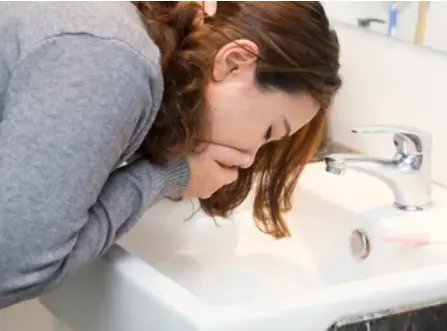 Welcome
Welcome
“May all be happy, may all be healed, may all be at peace and may no one ever suffer."
Skin Grafting - Generics
Skin grafting is a surgical procedure in which a piece of healthy skin is removed from one area of the body, called the donor site, and transplanted to another area, called the recipient site, to replace damaged or missing skin. Skin grafts are commonly used to treat burn injuries, wounds, and surgical defects.
There are two main types of skin grafts: split-thickness grafts and full-thickness grafts. Split-thickness grafts involve removing the top layers of skin from the donor site, leaving behind the deeper layers that contain hair follicles and sweat glands. These grafts are typically used to cover large areas of skin and can be meshed to cover a larger surface area. Full-thickness grafts involve removing all layers of skin from the donor site, including the underlying fat and blood vessels. These grafts are typically used for smaller areas of skin that require a more natural appearance, such as the face.
Skin grafting is a complex procedure that requires careful planning and preparation. The donor site must be chosen carefully to ensure that the skin is healthy and can be spared without causing significant functional or cosmetic problems. The recipient site must also be prepared properly to ensure that the graft can be successfully attached and that blood flow can be established.
There are several benefits of skin grafting. First and foremost, skin grafts can help to restore function and appearance to areas of the body that have been damaged or lost due to injury or disease. They can also help to prevent infection and other complications that can arise from exposed wounds. In addition, skin grafting can be performed relatively quickly and is often less invasive than other types of surgical procedures.
However, there are also some drawbacks to skin grafting. The procedure can be painful and may require several weeks or even months of recovery time, depending on the size and location of the graft. In addition, there is always a risk of complications such as infection, bleeding, or rejection of the graft. Rejection occurs when the recipient's immune system attacks the transplanted tissue as foreign, leading to failure of the graft. To reduce the risk of rejection, immunosuppressant drugs may be prescribed.
In conclusion, skin grafting is a complex surgical procedure that can help to restore function and appearance to areas of the body that have been damaged or lost. While there are risks associated with the procedure, the benefits can be significant for patients who have suffered from burns, wounds, or other types of injuries. If you are considering skin grafting, it is important to talk to your doctor and carefully weigh the benefits and drawbacks of the procedure.

Cervicitis

Nausea and vomiting

Subarachnoid hemorrhage

Improve skin tone and tex...

Pagets disease of bone

Verruca

Non-productive cough

Peripheral neuralgias: Di...
Skin Grafting, স্কিন গ্রাফটিং
To be happy, beautiful, healthy, wealthy, hale and long-lived stay with DM3S.